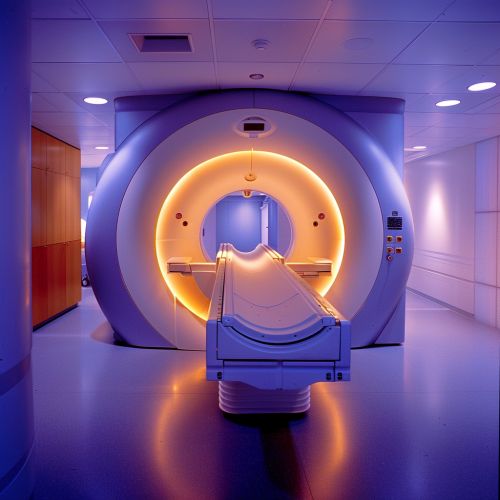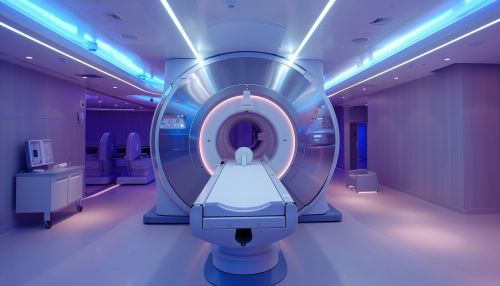Quantum Superconductivity
Introduction
Quantum superconductivity is a phenomenon that occurs in certain materials at very low temperatures, where electrical resistance drops to zero and magnetic flux fields are expelled. This state of matter is a quantum mechanical effect and is distinct from classical superconductivity due to the involvement of quantum coherence and entanglement. The study of quantum superconductivity is crucial for understanding high-temperature superconductors, quantum computing, and various other advanced technological applications.
Historical Background
The concept of superconductivity was first discovered by Heike Kamerlingh Onnes in 1911 when he observed that mercury exhibited zero electrical resistance at temperatures close to absolute zero. However, the quantum mechanical nature of superconductivity was not understood until the development of the BCS theory by John Bardeen, Leon Cooper, and Robert Schrieffer in 1957. This theory explained superconductivity in terms of electron pairing mediated by lattice vibrations, known as phonons.
Quantum Mechanical Basis
Quantum superconductivity arises from the formation of Cooper pairs, where two electrons with opposite spins and momenta form a bound state due to attractive interactions. These pairs condense into a macroscopic quantum state described by a single wavefunction. The coherence of this wavefunction across the material leads to the phenomenon of zero electrical resistance and the Meissner effect, where magnetic fields are expelled from the superconductor.
Cooper Pairs
Cooper pairs are the fundamental entities in quantum superconductivity. They are formed when electrons near the Fermi surface interact via an attractive potential, typically mediated by phonons. The binding energy of Cooper pairs is small, on the order of meV, and they condense into a coherent quantum state below a critical temperature.
BCS Theory
The BCS theory provides a microscopic explanation for superconductivity. It describes how an attractive interaction between electrons leads to the formation of Cooper pairs and the establishment of a superconducting ground state. The energy gap in the electronic density of states, which opens up at the Fermi level, is a direct consequence of this pairing mechanism.
High-Temperature Superconductors
High-temperature superconductors (HTS) are materials that exhibit superconductivity at temperatures significantly higher than conventional superconductors. The discovery of HTS in 1986 by Bednorz and Müller in a copper oxide compound revolutionized the field. These materials often involve complex crystal structures and strong electron correlations, making their theoretical description challenging.
Cuprates
Cuprates are a class of high-temperature superconductors characterized by layers of copper and oxygen atoms. The superconducting properties of cuprates are highly anisotropic, with superconductivity occurring primarily in the copper-oxide planes. The pairing mechanism in cuprates is still a topic of active research, with theories suggesting the involvement of spin fluctuations and other exotic interactions.
Iron-Based Superconductors
Iron-based superconductors are another class of high-temperature superconductors discovered in 2008. These materials contain layers of iron and pnictogen or chalcogen atoms. The pairing mechanism in iron-based superconductors is believed to involve both electron-phonon interactions and magnetic fluctuations.
Quantum Phase Transitions
Quantum phase transitions in superconductors occur at absolute zero temperature and are driven by quantum fluctuations rather than thermal fluctuations. These transitions can be tuned by parameters such as magnetic field, pressure, or chemical composition. Understanding quantum phase transitions is crucial for exploring the interplay between superconductivity and other quantum phases, such as magnetism and charge density waves.
Quantum Critical Points
A quantum critical point (QCP) is a point at which a continuous quantum phase transition occurs. Near a QCP, the system exhibits non-Fermi liquid behavior and enhanced quantum fluctuations. The study of QCPs in superconductors provides insights into the mechanisms driving high-temperature superconductivity and other exotic quantum states.
Applications of Quantum Superconductivity
The unique properties of quantum superconductors have led to various technological applications. These include magnetic resonance imaging (MRI), particle accelerators, and quantum computing.
Quantum Computing
Quantum superconductors are used in the development of qubits for quantum computers. Superconducting qubits, such as the transmon qubit, exploit the coherent quantum states of superconductors to perform quantum computations. The low dissipation and high coherence times of superconducting qubits make them promising candidates for scalable quantum computing.
Magnetic Resonance Imaging
Superconducting magnets are essential components of MRI machines. The high magnetic fields generated by superconducting coils enhance the resolution and sensitivity of MRI scans, enabling detailed imaging of soft tissues in the human body.


Challenges and Future Directions
Despite significant progress, several challenges remain in the field of quantum superconductivity. These include understanding the pairing mechanisms in high-temperature superconductors, achieving room-temperature superconductivity, and developing scalable quantum computing technologies.
Room-Temperature Superconductivity
Achieving superconductivity at room temperature has been a long-standing goal in the field. Recent discoveries of superconductivity in hydrogen sulfide under high pressure and in lanthanum hydride have brought us closer to this goal. However, practical applications require further advancements in material synthesis and stabilization.
Scalable Quantum Computing
Building scalable quantum computers with superconducting qubits requires overcoming challenges related to qubit coherence, error correction, and qubit interconnects. Advances in materials science, fabrication techniques, and quantum error correction algorithms are essential for the realization of practical quantum computers.
See Also
- Superconductivity
- BCS Theory
- High-Temperature Superconductors
- Quantum Computing
- Magnetic Resonance Imaging
